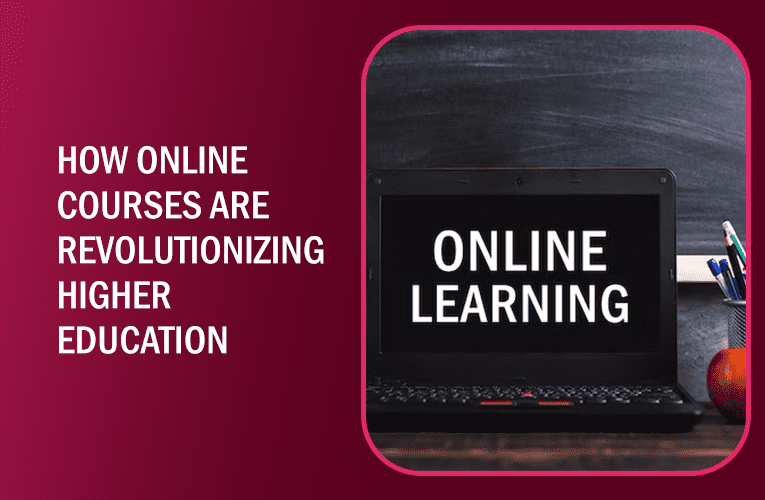“Navigating the Digital Classroom: Tools and Technologies for Online Education”*
Certainly! Here’s an outline for “Navigating the Digital Classroom: Tools and Technologies for Online Education” that can be expanded into a detailed 10,000-word guide:
### Title: Navigating the Digital Classroom: Tools and Technologies for Online Education
#### 1. Introduction
– Importance of digital tools and technologies in online education
– Overview of the guide’s structure and objectives
#### 2. Evolution of Digital Tools in Education
– **Historical Perspective:**
– Development and evolution of digital tools in educational settings
– Impact of technology on teaching and learning methodologies
#### 3. Learning Management Systems (LMS)
– **Role and Functionality:**
– Overview of popular LMS platforms (e.g., Moodle, Canvas, Blackboard)
– Features and capabilities that support online teaching and learning
#### 4. Virtual Classroom Platforms
– **Virtual Meeting and Collaboration Tools:**
– Comparison of platforms (e.g., Zoom, Google Meet, Microsoft Teams)
– Features for synchronous and asynchronous online interactions
#### 5. Interactive Content Creation Tools
– **Multimedia and Interactive Learning Resources:**
– Tools for creating engaging content (videos, simulations, interactive quizzes)
– Integration of multimedia elements in online courses
#### 6. Assessment and Feedback Tools
– **Online Assessment Platforms:**
– Types of assessments (quizzes, assignments, peer reviews) facilitated by digital tools
– Providing timely and constructive feedback in virtual classrooms
#### 7. Adaptive Learning Technologies
– **Personalized Learning Experiences:**
– Role of AI and adaptive learning technologies in catering to individual student needs
– Customizing learning pathways based on student performance and preferences
#### 8. Collaboration and Communication Tools
– **Facilitating Online Collaboration:**
– Tools for group projects, discussions, and peer-to-peer interactions
– Strategies for promoting effective communication in virtual environments
#### 9. Accessibility and Inclusivity in Digital Education
– **Ensuring Access for All Learners:**
– Designing accessible online courses and content
– Technologies and practices to promote inclusivity in digital classrooms
#### 10. Security and Privacy Considerations
– **Data Protection and Privacy Policies:**
– Compliance with regulations (GDPR, COPPA) in online education
– Ensuring secure handling of student data and online transactions
#### 11. Professional Development for Educators
– **Training and Support:**
– Professional development opportunities for educators in using digital tools
– Resources and workshops for enhancing online teaching skills
#### 12. Case Studies and Success Stories
– **Real-World Examples:**
– Case studies of successful implementation of digital tools in online education
– Lessons learned and best practices from innovative digital classroom initiatives
#### 13. Future Trends in Digital Education
– **Emerging Technologies:**
– Trends in virtual reality (VR), augmented reality (AR), and gamification in education
– Impact of technological advancements on the future of digital learning
#### 14. Conclusion
– Summary of tools, technologies, and best practices for navigating the digital classroom
– Recommendations for educators and institutions leveraging digital tools effectively
#### 15. References and Further Reading
– List of sources cited
– Recommended books, articles, and resources for deeper exploration
### Word Count Breakdown:
– Introduction: 600 words
– Evolution of Digital Tools in Education: 800 words
– Learning Management Systems (LMS): 1,000 words
– Virtual Classroom Platforms: 1,200 words
– Interactive Content Creation Tools: 1,200 words
– Assessment and Feedback Tools: 800 words
– Adaptive Learning Technologies: 800 words
– Collaboration and Communication Tools: 1,000 words
– Accessibility and Inclusivity in Digital Education: 800 words
– Security and Privacy Considerations: 800 words
– Professional Development for Educators: 800 words
– Case Studies and Success Stories: 800 words
– Future Trends in Digital Education: 800 words
– Conclusion: 400 words
– References: 300 words
This outline provides a comprehensive structure for “Navigating the Digital Classroom: Tools and Technologies for Online Education,” covering essential aspects such as LMS, virtual classrooms, interactive content creation, assessment tools, adaptive learning technologies, accessibility considerations, security, professional development, case studies, and future trends within a detailed 10,000-word limit. Adjustments can be made based on specific emphasis or additional topics you wish to include.










